Understanding Asset Finance
Asset finance is a crucial tool for businesses seeking to acquire new equipment, vehicles, or machinery without paying the full amount upfront.
This financial model allows companies to lease or purchase assets by making regular payments, thus managing their cash flow more effectively.
The Mechanics of Asset Finance
At its core, asset finance involves the use of assets as security for finance. This arrangement benefits businesses by converting large capital expenditures into manageable payments.
It includes options like equipment leasing, hire purchase agreements, and finance leases.
Benefits for Businesses
The primary advantage of asset finance is its impact on cash flow.
By spreading the cost of an asset over its useful life, businesses can maintain liquidity and invest in growth opportunities.
This financing method also offers tax benefits, as lease payments can often be deducted as business expenses.
Trends Shaping Asset Finance in 2024
The asset finance landscape is continuously evolving, shaped by economic trends and technological advancements.
Understanding these trends is vital for businesses looking to leverage asset finance effectively.
Digital Transformation in Asset Finance
The integration of digital technologies is revolutionising asset finance.
Online platforms and AI-driven tools are simplifying the application and approval processes, making it faster and more user-friendly for businesses to access financing.
At The Funding Store, we see more and more lenders adopting instant decision AI-driven models, this streamlined process can definitely make the journey smoother for both the customer and lender.
The Rise of Sustainable Financing
Sustainability is becoming a key consideration in asset finance.
More businesses are seeking to finance eco-friendly assets, aligning with global sustainability and ESG (Environmental, Social, Governance) goals.
Lenders are responding by offering tailored finance products for green assets.
Choosing the Right Asset Finance Solution
Selecting the most suitable asset finance option is crucial for maximising its benefits.
This decision depends on several factors, including the type of asset, its intended use, and the financial health of the business.
Lease or Purchase: Making the Right Decision
Businesses must decide whether to lease or purchase an asset.
Leasing is often preferred for assets that depreciate quickly or require regular upgrades, while purchasing may be more cost-effective for long-term assets.
Purchasing assets can also allow you to release any value tied up in them in future, through asset re-finance.
Understanding the Terms and Conditions
It’s vital for businesses to fully understand the terms and conditions of their asset finance agreement.
This includes the interest rates, repayment schedule, and any penalties for early repayment or default.
Asset Finance and Risk Management
Effective risk management is an essential aspect of asset finance.
Businesses must assess their ability to meet repayment obligations and consider the potential risks associated with the financed assets.
Assessing Financial Health
Before entering into an asset finance agreement, businesses should evaluate their financial stability.
This includes analysing cash flow forecasts and ensuring that the finance payments are sustainable over the long term.
Insurance and Asset Protection
Insurance plays a critical role in asset finance, protecting both the lender and the borrower in case of asset damage or loss.
Businesses should ensure adequate insurance coverage for their financed assets.
Future of Asset Finance
The future of asset finance is shaped by several emerging trends and innovations.
Staying abreast of these developments is crucial for businesses looking to utilise asset finance strategically.
The Impact of Global Economic Trends
Global economic trends, including interest rate fluctuations and economic cycles, will continue to influence the asset finance market.
Businesses must remain agile and responsive to these macroeconomic factors.
Embracing Innovation and Sustainability
To succeed in the changing landscape of asset finance, businesses must embrace innovation and sustainability.
This involves adopting digital solutions and considering the environmental impact of financed assets.
Staying Ahead in a Competitive Market
In a competitive market, staying informed and adaptable is key.
Businesses that effectively utilise asset finance while managing risks and aligning with broader economic and environmental trends will thrive in 2024 and beyond.
Harnessing the Power of Asset Finance
Asset finance is a dynamic and evolving field, offering businesses a flexible and strategic tool for growth.
By staying informed about the latest trends and best practices, companies can effectively leverage asset finance to achieve their operational and financial goals.
If you’re a small or medium-sized business looking for funding, then why not contact The Funding Store today.
We do not charge broker fees, and with access to one of the most extensive and competitive lending panels in the UK, can bring you fast, flexible solutions that meet your finance needs.
The Funding Store can help guide you through the funding process and find the best funding options that fit your specific needs.
Whether you’re looking to start a new business, expand an existing one, or cover unexpected expenses, The Funding Store can help you achieve your financial goals.
So don’t hesitate, contact us today on 01908 880420, to take the first step towards securing the funding you need to grow and succeed.
Share This Story, Choose Your Platform!
This article has been produced by www.TheFundingStore.co.uk for general interest. No responsibility for loss occasioned to any person acting or refraining from action as a result of the information contained in this article is accepted by The Funding Store Ltd. In all cases appropriate professional legal and financial advice should be sought before making a decision.








